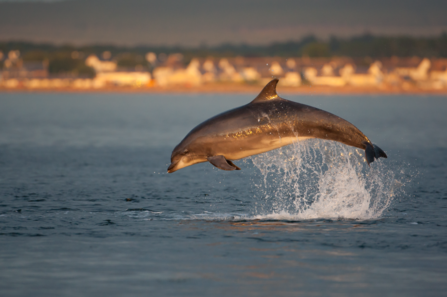There’s something irresistible about the pull of the coast. That first lungful of sea air, salty, tinged with seaweed and adventure. The sea breeze carries the zest of freedom, and grains of sand lodge between your toes like natures souvenir. Beyond the views and the sound of the waves lies a world that few truly see,marine habitats nestled on the seabed, lay hidden beneath the surface.
Into the Blue: A hidden world unfolds
One summer afternoon in Cardigan Bay, I slipped into the cool water having donned my wetsuit, a snorkel and mask. Below the gentle waves, the underwater world unfolded like a living tapestry. Sunlight filtered through swaying fronds of seaweed, casting flickering shadows across a rocky reef. Then, motionless but watching me, I glimpse a small-spotted catshark, perfectly camouflaged among the plant life below. Just a metre away, I’d almost missed it.
Life on the ocean floor
This secret world, of mudbanks, maerl beds, sandbanks and chalk reefs, kelp forests, seagrass meadows, cold-water corals and more thrives out of sight beneath the UK’s coastal waters. Each habitat plays a vital role in the marine ecosystem. Seagrass beds and Maerl, for instance, are nurseries for juvenile fish, while reefs offer shelter, food and spawning grounds. The seabed isn’t just the sea’s foundation, it’s a dynamic, life-supporting system.
Signs of change
But time and tide have changed it. Over years of exploring these underwater habitats, I’ve noticed and heard of subtle shifts. From the shore, it’s almost impossible to spot, but beneath the waves, the signs are there. Human activities like bottom trawling, dredging, anchoring and pollution all reshape the underwater landscape in ways we’re only beginning to understand. Flattened reefs, sediments stirred into murky plumes, and once-common species reduced in numbers. Sometimes, the only clue is what washes up on our beaches, a diverse array of lifeless animals like catsharks, starfish, crabs or coral, fragments of a deeper story unfolding out of sight.
Cardigan Bay’s coastal riches
Back in Wales, efforts to understand and protect marine habitats are ongoing. Here, bottlenose dolphins glide over sandbanks, while scallops nestle into the sand and gravel beds below. Rocky reefs covered in sponges, anemones and sea squirts form complex structures where species jostle and coexist, every nook and crevice alive with movement.


